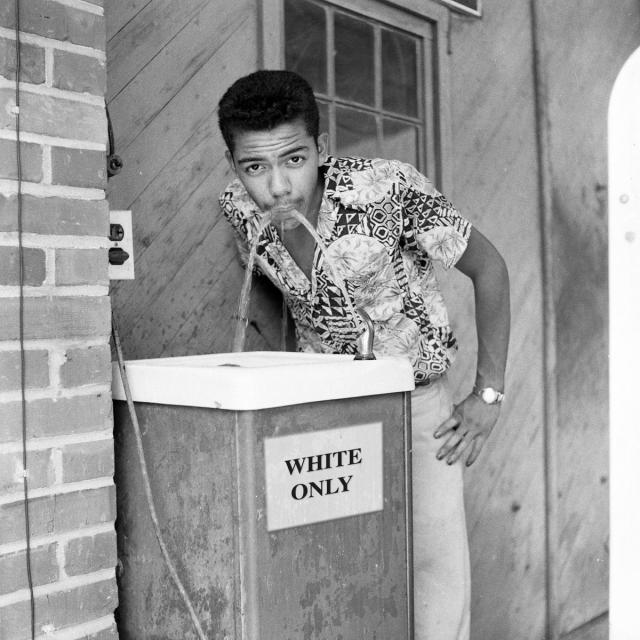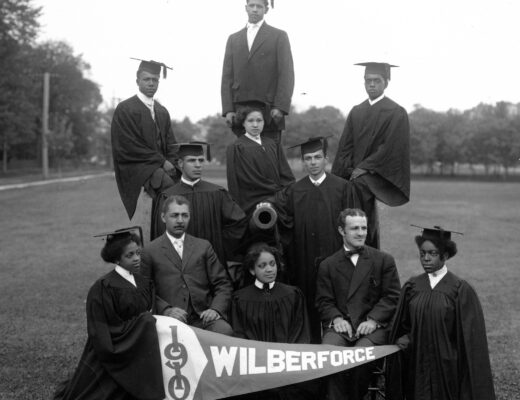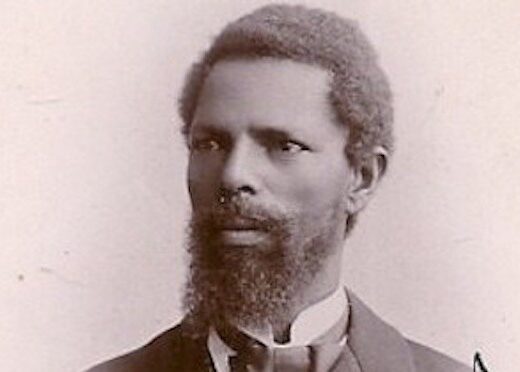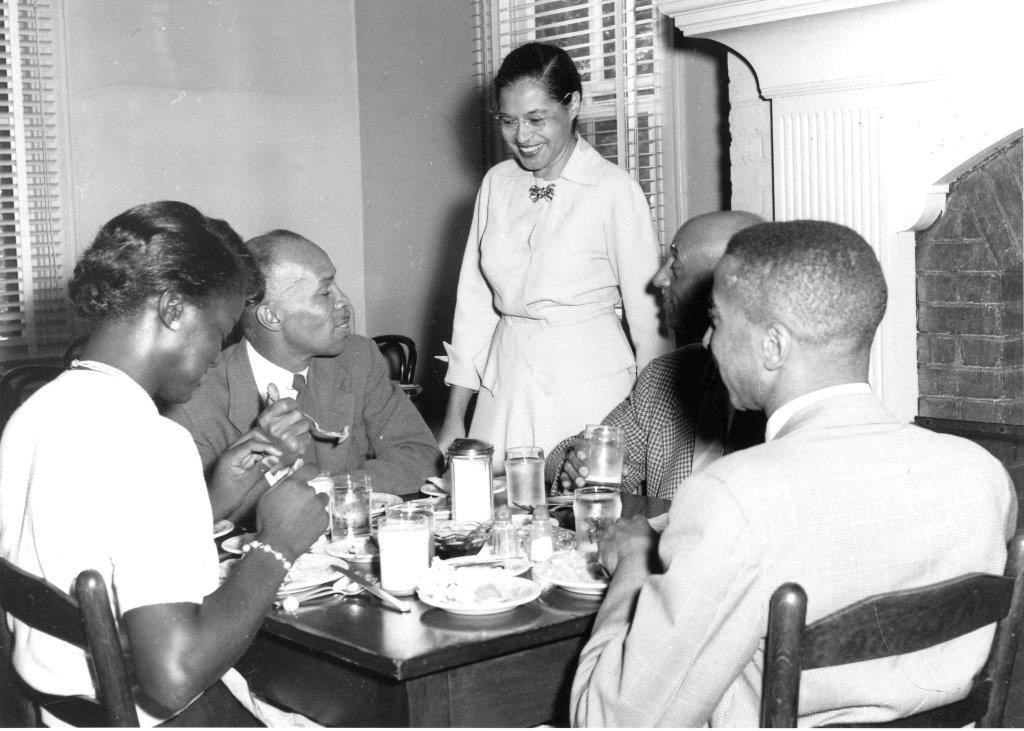Every February, this picture of Cecil Williams breaks the internet. What I realized this year is that people are in love with this picture, but most have absolutely NO idea who this man, who is defying all of the rules, with the utmost swag is. Well, his name is Cecil J. Williams. And for most of my life, I just knew him as Cecil the Photographer. He was present at everything. Any event I attended at Claflin University or South Carolina State University, it was likely that Mr. Cecil would be there snapping pictures. When my mom wanted another set of senior pictures for me, she called Mr. Cecil. When I got married, it was Mr. Cecil who was there capturing all of my future memories and he gave me the most beautiful portrait of me in my wedding gown. And through all of the years I have known him, most of the those years I had no idea how important his work was or would become. I had no idea that he had captured and chronicled the civil rights movement and that he had a front row seat to history. So, today, I want to honor a hometown hero, Mr. Cecil J. Williams.
Cecil J. Williams was born and raised in Orangeburg, South Carolina. At the age of 9, Williams received something that what some would say changed the course of his life. His older brother had gotten a camera from his mother, but he went on to be more interested in music and the saxophone which ultimately led him to hand the camera down to Cecil. A Kodak Baby Brownie was the first camera he would ever own, which he still has, and still works. That would be the start to a new found passion, he later went on to use an extra bedroom in his house for his dark room to develop his negatives.
He began photographing people on Sundays when people were dressed at their finest and develop the portraits for them. As he kept taking pictures, he began to realize that this can make money from it and began earning about a dollar or two by taking pictures of people in Edisto Gardens which is local garden all people would visit. At the age of 11, he photographed his first wedding. At the age of 12, E.C. Jones from Sumter, S.C. – William’s mentor asked him to take photos of the churches of Clarendon County – which happened to hold the families of the DeLaine and the Pearson families from the Briggs vs. Elliott petition.
Williams has photographed significant desegregation efforts in South Carolina since the 1950s. Some of his most notable pictures are of the activity during the Briggs v. Elliott case in Summerton, South Carolina. It was the first of five desegregation cases pushing to integrate public schools in the United States. The five cases combined into Brown v. Board of Education, the 1954 U.S. Supreme Court case that declared that “separate but equal” public schools for whites and blacks was unconstitutional. After Thurgood Marshall achieved victory for the Brown vs. Board of Education case, he came back to Clarendon Country, and to Claflin University and challenged parents to test the new supreme court ruling. As Orangeburg citizens began testing and signing up for their children to go to a desegregated schools. Then the local people began firing them from jobs, share croppers couldn’t share crop any longer, and economic pressure brought upon them to depart. Orangeburg citizens began to react with a boycott.
At the age of 14, he was one of 25 photographers around the world freelancing for JET Magazine. JET caught wind of the movement growing in Orangeburg, they needed an onsite correspondent for constant updates, and someone to be there all the time documenting the events for them.
The only time Williams made the cover of JET was during the 1969 Charleston hospital workers’ strike, and his picture of Coretta Scott King speaking at the protest.
In January of 1960, during Williams’ senior year at Claflin he was visiting relatives in New York City, he had read that John F. Kennedy would be at a downtown hotel at a press conference and decided to go down to the hotel in hopes of capturing some images. He had forgot his press pass, and the hotel security was about to kick him out of the room right as Kennedy was about to come up to the podium, Kennedy told them not to kick him out, and ended up giving Williams his personal address. For the next year, while campaigning all over the United States, Williams became a close acquaintance to Kennedy and one of his favorite lensman. Williams was one of the few in the press community to be allowed on the private 10-seater jet of Kennedy’s to which he named after his daughter Caroline.
He graduated from Claflin University in 1960 with a bachelor’s degree in art. He studied under painter and sculptor Arthur Rose, Sr. at Claflin. Although better known for photography, Williams’ painting, art, graphics, and architectural renderings, represent proficiency, especially among minimalists. Although at that time, because of his race, he was barred from attending Clemson University to study architecture, he drew plans for several residences; one of which was featured in the June 1977 issue of Ebony.
He also documented Harvey Gantt’s desegregation of Clemson University in 1963, the 1969 Charleston hospital workers’ strike and the 1968 Orangeburg Massacre. He worked as the official photographer for the South Carolina branch of the NAACP, South Carolina State University, Claflin University and National Conference of Black Mayors, Inc. for more than 20 years, beginning in the 1960s.
He owns a portrait studio, event, and wedding photography business based in Orangeburg, South Carolina. He serves as the director of Historic Preservation at Claflin University. He is a Getty Images contributor and photographer. He also tours the nation giving presentations at conferences, events and institutions about his work during the civil rights movement.
Summer of 2019, Williams opened the Cecil Williams South Carolina Civil Rights Museum to house hundreds of images and artifacts from the civil rights movement. The Cecil Williams Civil Rights Museum looks like an ultra-modern day home which Williams designed himself in 1983-36 years before he made it into his own museum. The theme for his museum is “The South Carolina Events that Changed America”. The museum will also double as the neighborhood community center.
Visit https://www.cecilwilliams.com for more information about Mr. Williams and the museum.






No Comments